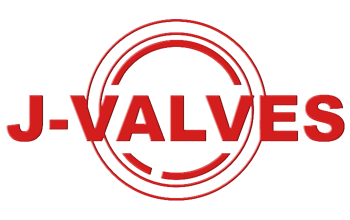
Three-Way Ball Valves: Key Products for Fluid Diversion And Mixing

Understanding Three-Way Ball Valves
Three-way ball valves are designed to control the flow of fluid through three ports, allowing for diversion and mixing of fluids. The valve consists of a spherical ball with two or three ports, which can be rotated to control the flow direction. The ball is supported by a stem and can move slightly within the valve body, allowing it to seal tightly against the seats.
When designing three-way ball valves, several factors must be considered to ensure optimal performance and reliability:
• Material Selection: The material must withstand the operating pressures, temperatures, and corrosive nature of the fluid.
• Mechanical Strength: The valve body must be robust enough to handle mechanical stresses, including potential impacts.
• Corrosion Resistance: The material should resist corrosion to ensure long-term reliability and minimal maintenance.
• Flow Dynamics: The design should minimize pressure drop and ensure efficient fluid flow.
Applications in Fluid Diversion and Mixing
Three-way ball valves are ideal for applications where fluid needs to be diverted from one path to another. This is particularly useful in systems where multiple processes or operations are involved.
• Process Control: In chemical processing plants, three-way ball valves can be used to divert fluid to different processing units or storage tanks.• Piping Systems: In complex piping systems, these valves can be used to direct fluid flow to different branches or loops.
Three-way ball valves can also be used to mix two different fluids. By controlling the flow through the valve, fluids can be combined in precise proportions.
• Blending Operations: In industries such as food and beverage, pharmaceuticals, and cosmetics, three-way ball valves can be used to blend different ingredients.
• Cooling Systems: In cooling systems, these valves can be used to mix hot and cold fluids to achieve the desired temperature.
• Flow Rate: Select a valve size that matches the required flow rate for your application.
• Pressure Rating: Ensure the valve is rated for the operating pressure of your system.
• Temperature Rating: Choose a valve that can withstand the operating temperature of your fluid.
• Torque: Select an actuator with sufficient torque to operate the valve.
• Speed: Choose an actuator with the desired speed of operation.
• Power Supply: Ensure the actuator is compatible with your power supply.
• Manual Override: Consider whether a manual override mechanism is necessary for your application.
• Position Feedback: Determine if position feedback is required for monitoring and control.
• Remote Control: Assess whether remote control capabilities are needed for your application.













